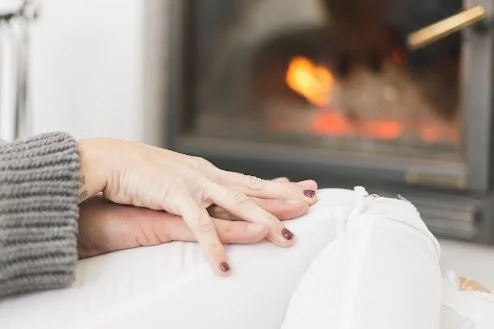How to Use Public Parks for Wellness and Community
Public parks can be powerful wellness tools hiding in plain sight. They offer fresh air, open space, and a chance to see other people without the effort of formal gatherings. For seniors in assisted living Portland, parks can support physical health, emotional balance, and a sense of belonging, all at once, and usually at no cost.
Move at a pace that suits your body
Walking paths let you choose distances that feel right for your energy level. You can:
Take short strolls on flat sections
Use benches for rest breaks and simple stretches
Practice balance by walking on different surfaces, like grass or packed dirt
Even slow walks strengthen the heart, lungs, and leg muscles over time.
Let nature lift your mood
Spending time around trees, water, and birds can be surprisingly calming. You might:
Sit on a bench and notice colors, sounds, and smells
Watch dogs playing or children exploring
Bring a notebook and write down observations or thoughts
These quiet moments can ease stress and make worries feel a bit smaller.
Join in gentle group activities
Many parks host events like outdoor exercise classes, tai chi, or walking groups. Attending one of these can add both structure and social contact to your week. In places similar to retirement communities Portland, staff sometimes organize small outings to nearby parks for picnics, short walks, or simple games, giving residents a change of scenery without long travel.
Use parks as social meeting places
Gathering with family or friends in the open air of a park offers a wonderfully relaxed atmosphere, far removed from the formality of hosting at home. Picture spreading out a vibrant picnic blanket adorned with an assortment of simple yet delicious treats, think fresh fruit bursting with flavor, crunchy veggie sticks paired with a tangy dip, and perhaps some homemade sandwiches cut into delightful shapes.
Bring along a well-worn deck of cards or a small, engaging game to spark laughter and light-hearted competition. Alternatively, consider packing art supplies, colorful markers, sketchpads, and watercolor sets for a creative afternoon spent doodling or painting together, allowing everyone’s imagination to flourish under the gentle caress of a warm breeze.
The beauty of being outdoors lies in the way it encourages conversation to flow freely, as the sounds of nature create a soothing backdrop. Plus, if sitting still starts to feel confining, the expansive park allows for leisurely strolls or spontaneous games of catch, making the experience refreshing and invigorating.
Make park visits part of your routine
Choosing one or two regular park days each week can turn visits into a habit. Check the weather, dress in layers, and bring water and a hat. Over time, you may start recognizing familiar faces, which adds another layer of community. Parks are shared spaces that invite you to move, notice, and connect, all in your own way and at your own pace in retirement home Portland.







